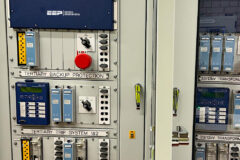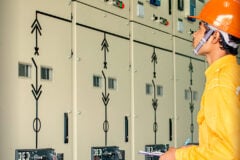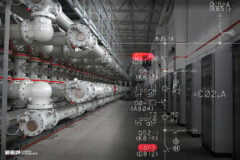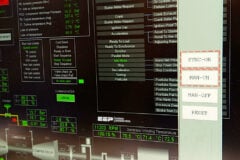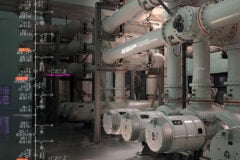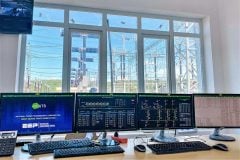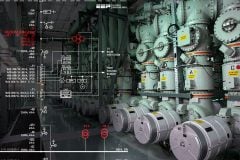What’s the purpose of interlocking?
Switchgear interlocking is installed to protect both the equipment and the operator from dangerous situations caused by incorrect equipment operation. It can be categorized as operational interlocking and safety, or maintenance, interlocking. However interlocking logic is not always easy to understand and sometimes hard to design.
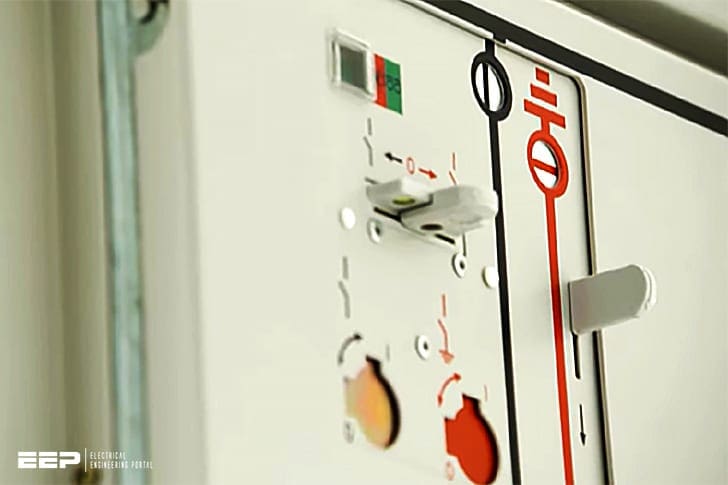
In details, it can be categorized as follows:
- Operational interlocking
This is concerned with the operational sequencing of disconnectors (both on and off load) when system connections are being reconfigured. This is usually achieved by ‘electrical-interlocking’ systems and generally applies to open-terminal substations. - Safety (maintenance) interlocking
This is concerned with the safe operation of switchgear, the provision of safe access to plant for maintenance purposes and the application of fixed earthing devices. It is usually achieved by mechanical-interlocking systems utilizing keys or, for distribution-voltage metal-clad switchgear, latches and bolts.
Note that one school of thought terms the former as ‘key interlocking’ and the latter as ‘mechanical interlocking’.
Membership Upgrade Required
This content is not available in your premium membership plan. Please upgrade your plan in order to access this content. You can choose an annually based Basic, Pro, or Enterprise membership plan. Subscribe and enjoy studying specialized technical articles, online video courses, electrical engineering guides, and papers.
With EEP’s premium membership, you get additional essence that enhances your knowledge and experience in low- medium- and high-voltage engineering fields.
Black Friday Deal 💥 – Save 20% on Pro Plan with code BLACKFRIDAY
Copyright Notice
This technical article is protected by U.S. and international copyright laws. Reproduction and distribution of PDF version of this technical article to websites such as Linkedin, Scribd, Facebook and others without written permission of the sponsor is illegal and strictly prohibited.© EEP-Electrical Engineering Portal.
Related electrical guides & articles
Premium Membership
Edvard Csanyi
Hi, I'm an electrical engineer, programmer and founder of EEP - Electrical Engineering Portal. I worked twelve years at Schneider Electric in the position of technical support for low- and medium-voltage projects and the design of busbar trunking systems.I'm highly specialized in the design of LV/MV switchgear and low-voltage, high-power busbar trunking (<6300A) in substations, commercial buildings and industry facilities. I'm also a professional in AutoCAD programming.
Profile: Edvard Csanyi


